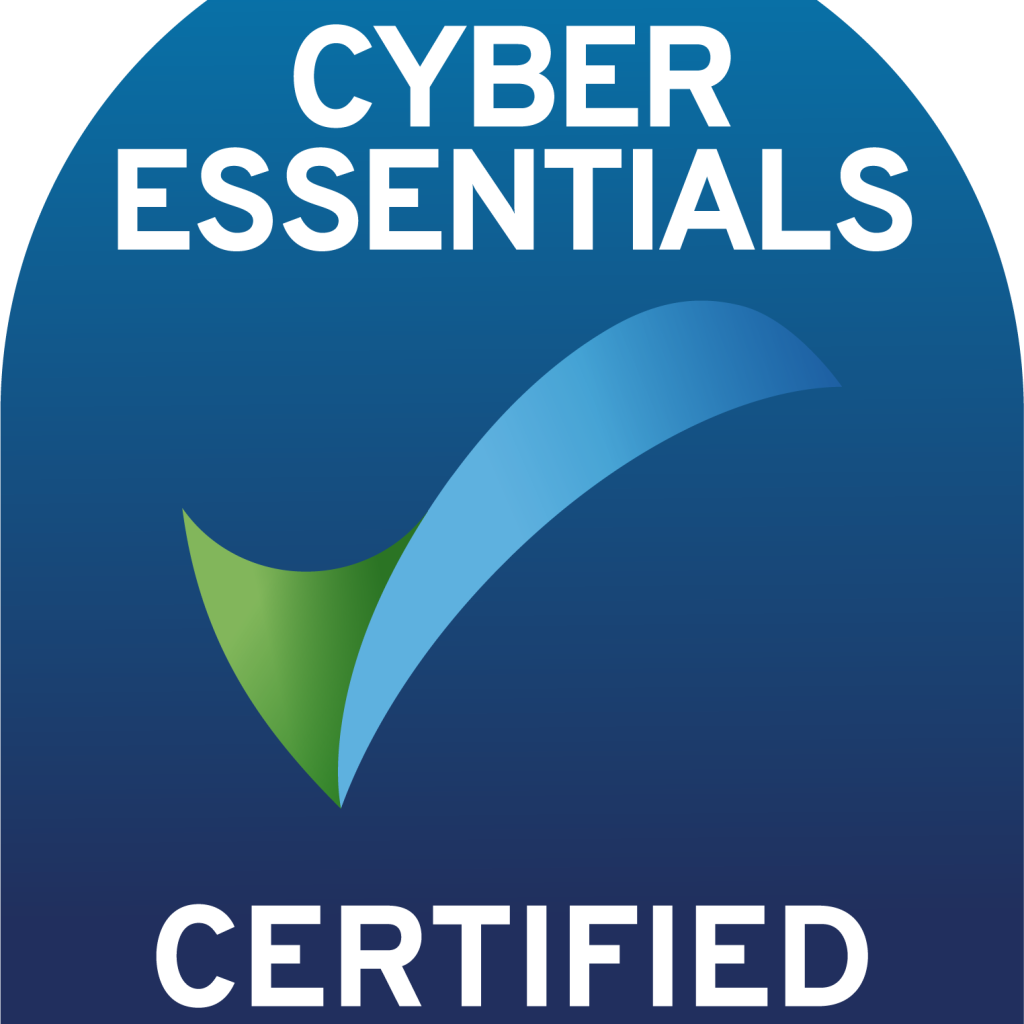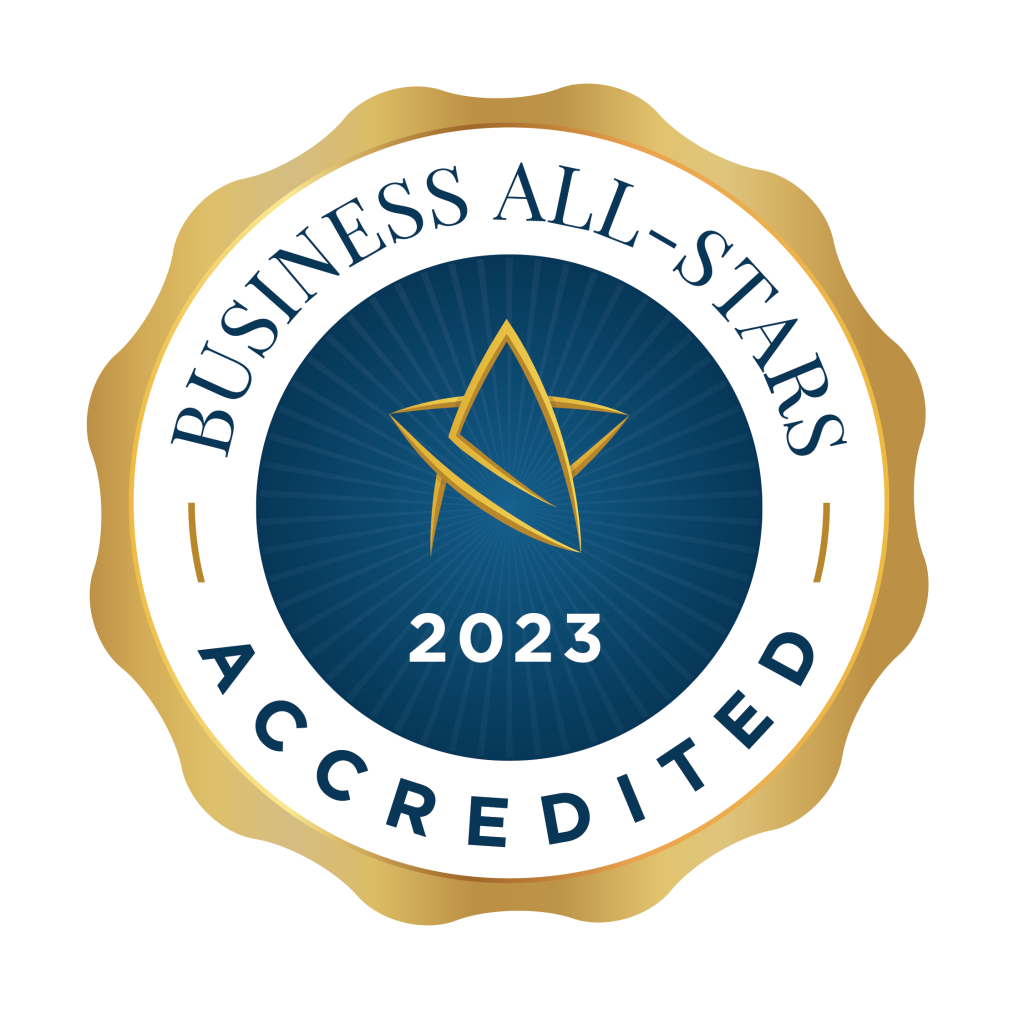Here’s the second part of the interview we did with Nicola O’Sullivan of ExerWise, a wearable tech startup. Nicola and her team have come up with a product to encourage young children to take 60 mins of exercise a day.
Today I ask Nicola to tell us more about ExerWise’s journey from beginning with an arduino to moving towards a smaller microcontroller.
Yeah so in college we would have used the arduino a lot for different projects – I think I created a musical instrument like a piano and stuff – so we kinda already used them, the interfaces, really easy so we kinda knew the coding languages behind it. And we used the arduino for our first proof of concept to actually see if this was possible and it’s all working, and then we just started looking online at different projects that people have done, compare the different microcontrollers, and hand set requirements that we wanted.
So we looked at the arduino and said ok what ports are we using so we obviously need power ground, and then we need the ports for our accelerometers. So we took that from the arduino stage and then looked at the micro-processors that are off-the-shelf models that we can use. So we’ve used varying ranges – so I think at the moment we’re using the Teensy so it’s just, again, it’s a simple microcontroller, really easy to be able to program. For us, we don’t necessarily have extensive knowledge on it – we’ve just used the ones that we have in college – so it’s really a learning experience for the three of us; taking a product, looking at all of the data sheets online and going with them but also looking for feedback. So a lot of people who use the microcontrollers will comment underneath them and different things like Adafruit and give feedback on like how they use them, whether they were good or bad.
So it’s really a learning curve for us I suppose when you look at these to make sure that you got your power consumption right and go from there. So we narrowed it down to what exactly we needed and once you know that, it cuts out the bulkiness of the arduino and you’re able to work on making it smaller and smaller from there.
Ok, very good. Thank you.
Thanks Nicola.
I know that recently you did the ideation process that is run by CW Applied Technology in Shannon where they actually have inventors and engineers to talk more about – or think more about – commercialising their product. Could you tell us a little more about that process, and what you felt you got out of it.
Yeah, so that was actually one of the big things that we’ve done now in the last few months – we went down, met John (O’Connell, CW Applied Technology), saw the space, the amazing space that they have down there; as soon as you walk into the room, the Minions on the wall, it just creates that almost, like, inspired like we wanted to do it, from talking to John. So we organised I think it was the first Saturday in January, we went down and we just decided that we wanted engineers. So we think we ended up having 14 engineers – Siobhan (Ni Chofaigh, Mint Tek CEO) included – came down and people that know access to the hardware, so we had people from Intel, literally various people that have worked using things. And we literally told them what, not necessarily our problems, but what areas we needed a little bit more information on.
So we wanted to talk to them about power consumption because we don’t want a device that needs to be charged every day. We talked about things like the accelerometers, are we using the right ones, are we going in the right direction – there’s so much looking online but if someone’s able to tell me “I’ve used that microcontroller” or “I’ve used that accelerometer, it works perfectly”. So we got a lot of little tips. We laughed – and I think everyone in the room laughed at the time – someone suggested don’t use blue LED lights. And I was like “Why? What’s the difference between them and normal ones?” and they use much more power. It was those little bits of information that you get from people who have worked in the area, and we took a lot away from that session.
People have been in contact with us since and are still updating us; we’ve gone down to Analog Devices, they’ve given us loads of help, and that was all through the connections that we met with John down there. And like that they were all interested, and it was very much an open space that we pitched our idea in a minute, told them what we thought and it was all just proper feedback, it created a discussion, and there were come points that were brought up that we hadn’t thought about, which was brilliant. We came back then after that and it was almost like a new found clarity of what we had to get done. There was people enthusiastic about it and not just people you’re emailing, it was face-to-face. It was just brilliant for us – three 22-year-olds – to stand up on front of these people and to get that positive feedback back from them, was brilliant. So it really helped us and we’re actually planning another few ones down there with John with different groups of people, so we want one now with parents, and he’s really open to that and just wants to help people, so it’s brilliant.
Ok that’s great. That sounds like a really worthwhile process. So thanks for taking the time to talk to us today, Nicola.
 Mint Tek is building a platform and a network of PCB manufacturing and hardware prototype assembly partners to make this process simple, cost-effective and easy for busy hardware developers.
[
Mint Tek is building a platform and a network of PCB manufacturing and hardware prototype assembly partners to make this process simple, cost-effective and easy for busy hardware developers.
[
